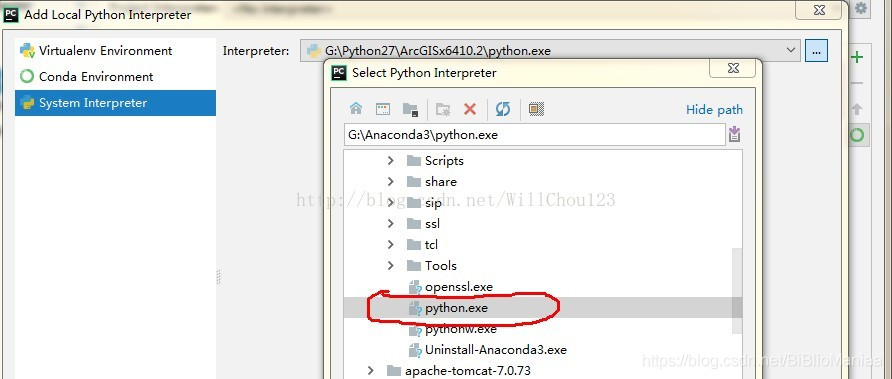Reprinted from: https://blog.csdn.net/baoxiao7872/article/details/80328224
the author: low m
PyCharm is a very useful and popular Python editor. Anaconda is a Python distribution focused on data analysis and contains more than 190 science packages and dependencies, including Conda, Python, and others. Anaconda makes your work flow a lot easier with the management toolkit, development environment, and Python versions. Not only can you easily install, update, and uninstall toolkits, but you can automatically install the corresponding dependent packages when you install them, and you can use different virtual environments to isolate projects with different requirements. Anaconda comes with its own integrated development environment Spyder. Some people don’t like the Spyder style. Personally, I feel that its prompt function is also inferior to PyCharm. Wouldn’t it be nice to configure the Anaconda environment with PyCharm?Here’s a personal lesson:
I won’t go through the process of installing Anaconda and Pycharm, which is relatively simple. There are also great tutorials online. The version of PyCharm That I installed was 2017.3.2 (community version).
After completing the installation of both:
The first step is to configure the Anaconda environment variable and add the installation Path of the Anacond and its subfolders script and library/bin to the system environment variable Path. I am installed on the G disk and my configuration is “G:\Anaconda3; G:\Anaconda3\Scripts; G: \ Anaconda3/Library/bin “.
The second step is to configure the Anaconda environment for PyCharm. Enter PyCharm and click File-> in turn. Default Setting-> Project Interpreter

Click gear to select Add Local

I chose the third one. I took it for granted that it was the second one, but I didn’t know what to do for a long time. Click on the third TAB, select python. Exe under the Anaconda installation path, and then successfully configure the Anaconda environment.

The project created in this environment can then use the existing library in Anaconda.